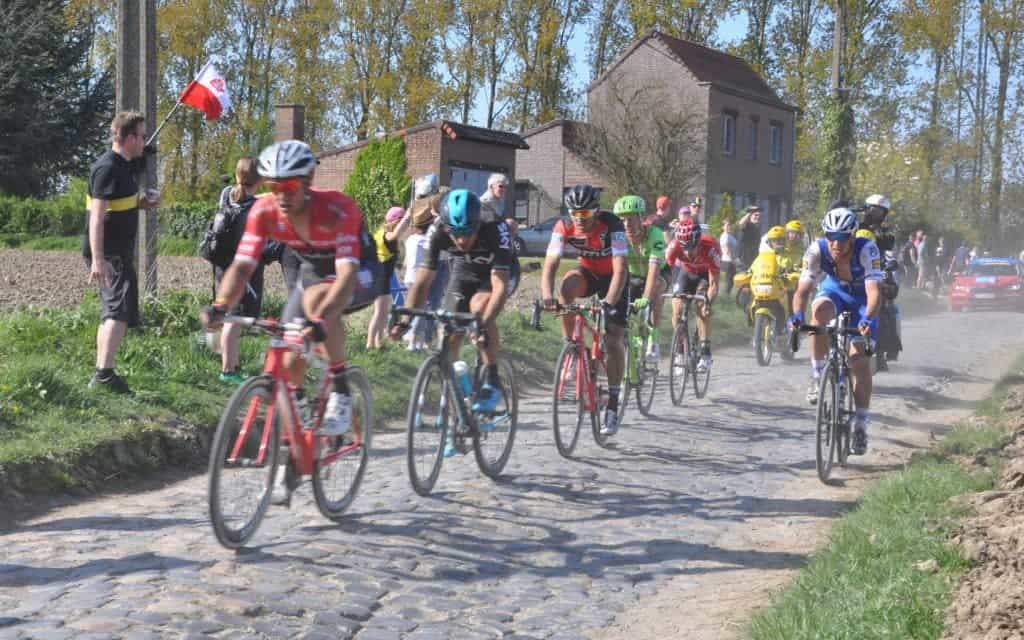Year after year, the world’s top cyclists face off in a series of races, including the Tour of Flanders in Belgium. Now, researchers have analyzed video footage of this tour to see how vegetation was affected by climate change.

As green-thumbed elders have noticed, spring seems to be arriving earlier and earlier every year. Anecdotal evidence has been backed up by thorough observations carried out by botanical gardens, and now scientists have found yet another source of data: cycling races.
The Tour of Flanders has taken place in Belgium nearly every April since 1913. It’s been filmed since 1981, and this video footage enabled researchers to see how the vegetation fared year after year. They found that as temperatures increased, trees had advanced the timing of leafing and flowering. Before 1990, almost no trees had grown leaves at the time of the spring race. But year after year, more and more tree leaves were visible in the television footage. Most notably, the magnolia, hawthorn, hornbeam, and birch trees are now already in full leaf by the time of the races. These shifts were tightly correlated with warmer average temperatures in the area, which have increased by 1.5°C since 1980.
This might be good for some parts of the ecosystem, but the overall effect is definitely negative, researchers say.
“Early-leafing trees can be good news for some species as they grow faster and produce more wood”, says Prof. Pieter De Frenne from Ghent University, lead author of this study. “However, their leaves also cast shadows. When trees flush earlier in the year, they shadow for a longer period of time, affecting other animals and plants, and even whole ecosystems.”
“Some of the flowers growing under these trees may not be able to receive enough sunlight to bloom. As a result, insects can go without nectar and may struggle to find enough spots to sunbathe”, he adds.
The principle behind the idea isn’t really new — there’s already an established scientific field studying natural phenomena using long-term observations and repeat photography. It’s called phenology. However, the source of the data is certainly creative. The results weren’t surprising, and they are consistent with what previous studies gathered. They are yet another puzzle piece allowing us to understand the far-reaching effects of climate change.
“Our method could also be used to collect data on other aspects important for ecological or evolutionary research, such as tree health, water levels in rivers and lakes, and the spread of invasive species. Only by compiling data from the past will we be able to predict the future effects of climate change on species and ecosystems”, De Frenne comments.
Journal Reference: Pieter De Frenne, Lisa Van Langenhove, Alain Vandriessche, Cedric Bertrand, Kris Verheyen, and Pieter Vangansbeke (2018) ‘Using archived television video footage to quantify phenology responses to climate change’. Methods in Ecology and Evolution. https:/


